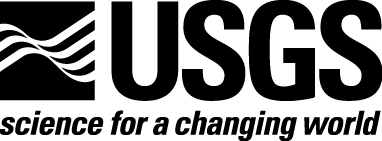Due to a lapse in appropriations, the majority of USGS websites may not be up to date and may not reflect current conditions. Websites displaying real-time data, such as Earthquake and Water and information needed for public health and safety will be updated with limited support. Additionally, USGS will not be able to respond to inquiries until appropriations are enacted. For more information, please see www.doi.gov/shutdown
Identifying Potential Contaminant Exposure to California Condors in the Pacific Northwest
Potential reintroduction of the endangered California Condor to parts of its historic range in the Pacific Northwest would benefit from information on possible threats that could challenge recovery efforts. Exposure to environmental contaminants is a key limiting factor for condor recovery in its southern range.
USGS researchers assessed potential contaminant exposure across Oregon and Washington using two surrogate scavenger species, ravens and turkey vultures. Researchers examined spatial patterns of scavenger exposure to lead and mercury, two commonly occurring contaminants in the region, and identified habitats associated with high and low exposure using stable isotopes. A suite of biomarkers were also measured to examine the physiological effects of exposure. Lead concentrations were uniformly elevated across the region, whereas mercury was elevated along the coast. Co-exposure to both toxicants influenced stress hormone expression. Development of a robust exposure monitoring program for both condors and surrogate species throughout the region will be important for guiding condor recovery.
Herring, G., Eagles-Smith, C.A., Varland, D.E., 2018, Mercury and lead exposure in avian scavengers from the Pacific Northwest suggest risks to California condors- Implications for reintroduction and recovery: Environmental Pollution, p. online, https://doi.org/10.1016/j.envpol.2018.09.005.
Related Content
Contaminant Ecology Research Team (FRESC)
The FRESC Contaminant Ecology research program evaluates the distribution, movement, and ecological effects of environmental contaminants across the landscape and strives to provide relevant science in support of natural resource conservation, management, and decision making.




